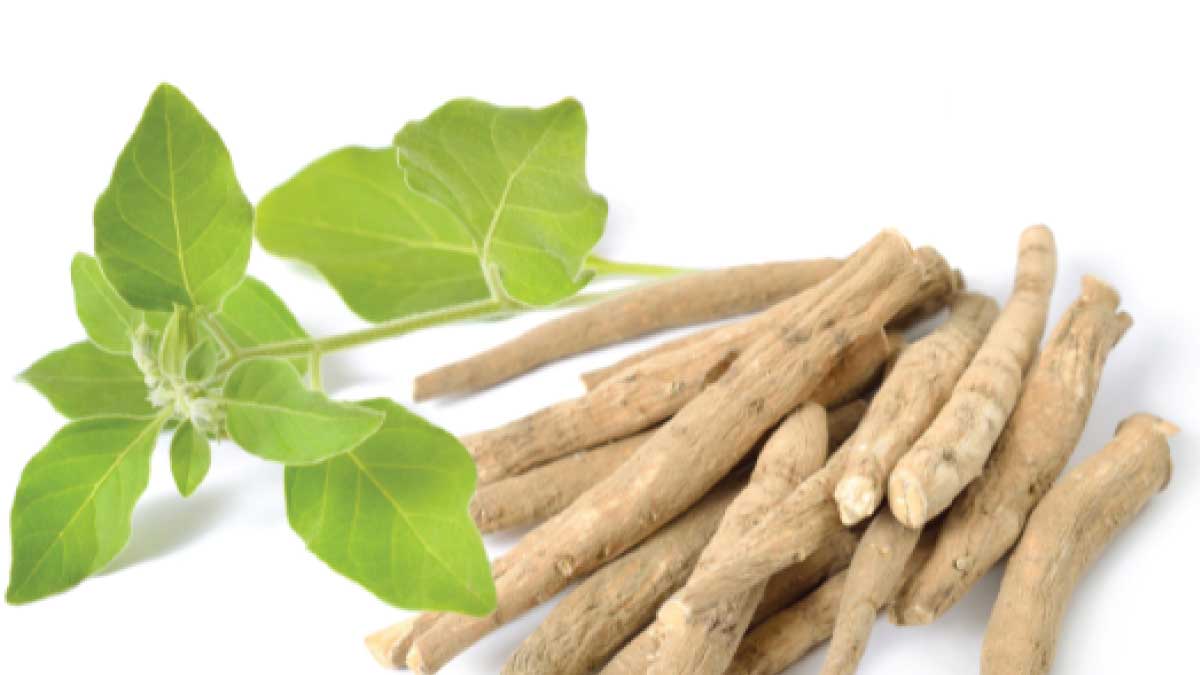In Urdu, Ashwagandha is called اشوگندا (Ashwagandha). The term Ashwagandha refers to the herb known for its adaptogenic properties. In Urdu-speaking regions, Ashwagandha is appreciated for its traditional use in improving stress resilience and overall well-being.”
Introduction to Ashwagandha in Urdu
Ashwagandha, known as اشوگندا (Ashwagandha) in Urdu, is a revered herb in traditional medicine systems such as Ayurveda. This adaptogenic herb has been used for centuries to enhance vitality and support stress management. Originating from India, Ashwagandha is celebrated for its potential health benefits and its role in promoting overall wellness. In Urdu-speaking regions, the herb is increasingly recognized for its therapeutic properties and its integration into modern health practices.
What is Ashwagandha in Urdu?
In Urdu, Ashwagandha is referred to as اشوگندا. This term denotes the herb Withania somnifera, which is widely used in traditional medicine for its various health benefits. Ashwagandha is known for its adaptogenic properties, which help the body adapt to stress and restore balance. The name “Ashwagandha” is derived from the Sanskrit words “ashwa,” meaning horse, and “gandha,” meaning smell, reflecting the herb’s strong aroma reminiscent of horse sweat. In Urdu-speaking cultures, Ashwagandha is valued for its potential to enhance physical and mental health, making it a popular choice in herbal remedies.
Ashwagandha in Different Languages
| Language | Name |
|---|---|
| Urdu | اشوگندا (Ashwagandha) |
| English | Ashwagandha |
| Hindi | अश्वगंधा (Ashwagandha) |
| Arabic | أشواغاندا (Ashwagandha) |
| Spanish | Ashwagandha |
How to Use Ashwagandha in Urdu Cuisine
While Ashwagandha is not traditionally used in Urdu cuisine, its health benefits have led to its incorporation in various wellness practices. Here’s how Ashwagandha can be used:
Herbal Teas: Ashwagandha is commonly prepared as a tea or infusion. To make Ashwagandha tea, the powdered root can be steeped in hot water. This preparation is enjoyed for its calming effects.
Supplement Form: In Urdu-speaking regions, Ashwagandha is often consumed in the form of capsules or tablets as a dietary supplement to support stress relief and overall health.
Traditional Remedies: Ashwagandha can be mixed with honey or milk to create a soothing tonic. It is used in traditional remedies to promote relaxation and enhance energy levels.
Popular Uses of Ashwagandha
| Application | Use of Ashwagandha |
|---|---|
| Herbal Tea | Brewed with hot water for calming effects |
| Supplements | Capsules or tablets for daily health support |
| Traditional Remedies | Mixed with honey or milk for relaxation and energy |
Growing Ashwagandha at Home (اشوگندا کو گھر میں اُگانا)
Growing Ashwagandha at home requires specific conditions to ensure successful cultivation:
Climate: Ashwagandha thrives in warm climates with temperatures ranging from 70°F to 95°F (21°C to 35°C). It prefers a sunny location with plenty of light.
Soil: The herb grows best in well-drained, sandy loam soil with a pH of 7.0 to 8.0. It requires good soil aeration and drainage to prevent waterlogging.
Watering: Ashwagandha needs regular watering, but the soil should be allowed to dry out between waterings. Overwatering can lead to root rot.
Harvesting: The herb is typically harvested after about 6-8 months when the roots are mature. The roots are cleaned, dried, and used for medicinal purposes.
Explore: Echinacea In Urdu
Cultural Importance of Ashwagandha in Urdu Tradition
Ashwagandha holds cultural and historical significance in Urdu-speaking regions, particularly in the context of traditional medicine and wellness practices. In Ayurveda, the herb is valued for its ability to balance the body’s energy and promote overall health. Its use in traditional remedies reflects its importance in supporting mental and physical well-being. Ashwagandha is often included in health regimens for its adaptogenic properties, helping individuals manage stress and improve vitality. The growing awareness of Ashwagandha in modern wellness practices highlights its enduring role in promoting holistic health.

